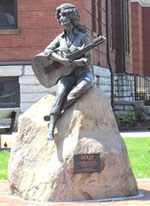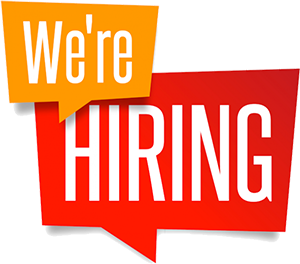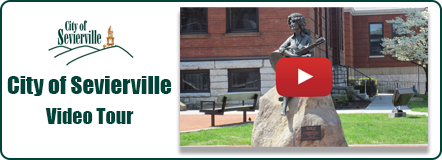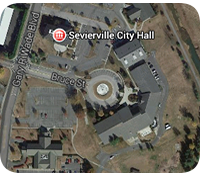Cooking Safety - Turkey Fryers
NFPA & the SFMO discourage the use of outdoor gas-fueled turkey fryers that immerse the turkey in hot oil. These turkey fryers use a substantial quantity of cooking oil at high temperatures, and units currently available for home use pose a significant danger that hot oil will be released at some point during the cooking process.
The use of turkey fryers by consumers can lead to devastating burns or other injuries and the destruction of property. It is recommended that consumers utilize the oil-free models that are available or seek commercial professionals to prepare this entrée. Fried turkeys can be ordered from some supermarkets and restaurants during the holiday season. If frying your own turkey is an absolute must, the following safety measures should be carefully followed:
• Turkey fryers must always be used outdoors and a safe distance from buildings and other flammable materials.
• Never use turkey fryers indoors or on a wooden deck. • Make sure the fryer is used on a flat surface to prevent accidental tipping.
• Never leave the fryer unattended. Most units do not have thermostat controls. If you do not watch the fryer carefully, the oil will continue to heat until it catches fire.
• Never let children or pets near the fryer, even if it is not in use. The oil inside the cooking pot can remain dangerously hot hours after use.
• To prevent spillover, do not overfill the fryer.
• Use well-insulated potholders or oven mitts when touching pot or lid handles. If possible, wear safety goggles to protect your eyes from oil splatter.
• The National Turkey Foundation recommends thawing the turkey in the refrigerator approximately 24 hours for every five pounds of weight.
• Keep an all-purpose fire extinguisher nearby. Never use water to extinguish a grease or oil fire. If the fire is manageable, use your all-purpose fire extinguisher. If the fire increases, immediately call the fire department by dialing 911.
Cooking – General Info
7.1 Stay Alert
7.1.1 To prevent cooking fires, you must be alert. You will not be alert if you are sleepy, have consumed alcohol, or have taken medicine or drugs that make you drowsy.
7.2 Watch What You Heat!
7.2.1 The leading cause of fires in the kitchen is unattended cooking.
7.2.2 Stay in the kitchen when you are frying, boiling, grilling, or broiling food.
7.2.3 If you are simmering, baking, or roasting food, check it regularly, stay in the kitchen while food is cooking, and use a timer to remind you that you’re cooking.
7.3 Keeping Things That Can Catch Fire Away from Heat Sources
7.3.1 Keep anything that can catch fire–oven mitts, wooden utensils, food packaging, towels, curtains–away from your stovetop.
7.3.2 Keep the stovetop, burners, and oven clean.
7.3.3 Wear short, close-fitting, or tightly rolled sleeves when cooking. Loose clothing can dangle onto stove burners and can catch fire if it comes in contact with a gas flame or an electric burner.
7.4 What to Do If You Have a Cooking Fire
7.4.1 Always keep a lid nearby when you are cooking. If a small grease fire starts in a pan, smother the flames by sliding the lid over the pan. Turn off the burner. Do not move the pan. To keep the fire from restarting, leave the lid on until the pan has cooled.
7.4.1.1 Never pour water on a cooking pan grease fire.
7.4.1.2 Never discharge a portable fire extinguisher into a grease fire because it will spread the fire.
7.4.2 In case of an oven fire, turn off the heat and keep the door closed until it is cool. After a fire, the oven should be checked and/or serviced before being used again.
7.4.3 When in doubt, just get out! When you leave, close the door behind you to help contain the fire. After you leave, call 9-1-1 or the fire department from a cell phone or a neighbor’s phone.
7.5 Keeping Children and Pets Away from the Cooking Area
7.5.1 Have a “kid-free zone” of at least 3 feet around the stove and areas where hot food or drink is prepared or carried.
7.5.2 Never hold a child while you are cooking, drinking a hot liquid, or carrying hot foods or liquids.
7.5.3 Keep pets off cooking surfaces and nearby countertops to prevent them from knocking things onto the burner.
7.6 Safe Cooking Equipment
7.6.1 Always use cooking equipment that has the label of a recognized testing laboratory.
7.6.2 Follow the manufacturer’s instructions and code requirements when installing cooking equipment. Follow the manufacturer’s instructions when cleaning and operating cooking equipment.
7.6.3 Plug microwave ovens or other cooking appliances directly into a wall outlet. Never use an extension cord for a cooking appliance—it can overload the circuit and cause a fire.
7.6.4 Check electrical cords for cracks, breaks, damage, or overheating. Have a professional repair the appliance or cord as needed, or replace the appliance.











